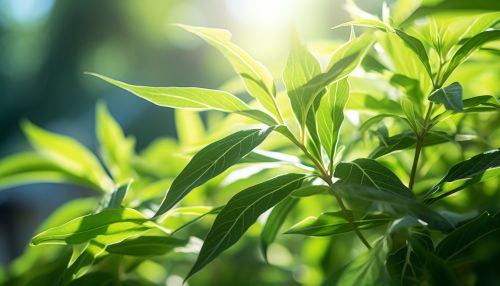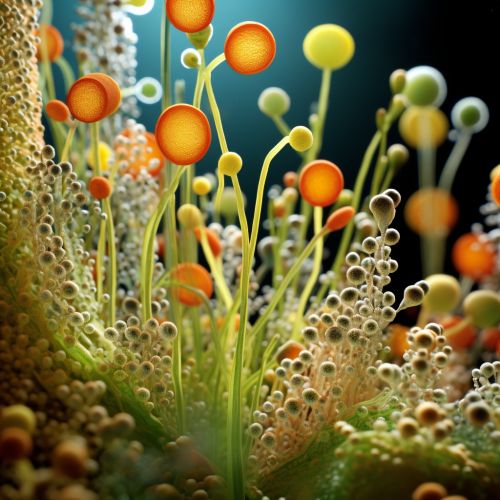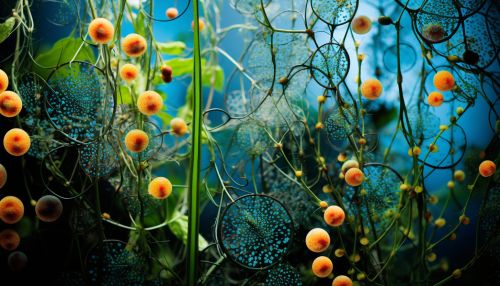The Biological Mechanisms of Plant Circadian Rhythms
Introduction
The circadian rhythms in plants are a series of biological processes that occur in a 24-hour cycle. These rhythms are driven by internal biological clocks, which are influenced by environmental cues such as light and temperature. The study of these rhythms and their underlying mechanisms is known as chronobiology.


Biological Clocks in Plants
Biological clocks in plants are endogenous, self-sustaining oscillators that generate circadian rhythms. These clocks are composed of multiple feedback loops involving several genes and proteins. The core of the plant clock consists of a set of proteins that interact in a complex manner to create a 24-hour rhythm.
The core clock components in plants include the proteins CCA1, LHY, and TOC1. These proteins form a feedback loop where CCA1 and LHY inhibit the expression of TOC1, and TOC1 promotes the expression of CCA1 and LHY.


Light and Temperature Cues
Light and temperature are the primary environmental cues that synchronize the plant's internal clock with the external environment, a process known as entrainment.
Light signals are perceived by photoreceptors, including cryptochromes, phytochromes, and phototropins. These photoreceptors transmit the light information to the clock, adjusting the phase of the circadian rhythms to match the light-dark cycle.
Temperature cues are also critical for entrainment. Plants can sense changes in temperature through a variety of mechanisms, including changes in membrane fluidity and the activity of temperature-sensitive proteins. These temperature signals are then integrated into the clock, adjusting the phase of the circadian rhythms to match the temperature cycle.


Output Pathways
The plant's circadian clock controls a wide range of physiological and metabolic processes, including leaf movement, flower opening and closing, and the timing of photosynthesis. These processes are controlled by output pathways, which are regulated by the clock.
The output pathways involve a variety of signaling molecules, including hormones, reactive oxygen species, and secondary messengers. These molecules transmit the timing information from the clock to the rest of the plant, coordinating the timing of various physiological processes.


Conclusion
Understanding the biological mechanisms of plant circadian rhythms is crucial for improving crop productivity and resilience. By manipulating the plant's internal clock, it is possible to optimize plant growth and development, enhance stress tolerance, and improve crop yield.


